All the animals belonging to Phylum Chordata possess certain fundamental and unique characteristic features.
- They possess a notochord (or chorda dorsalis) which persists as such throughout their life in some animals, or is replaced by a well developed vertebral column in some others.
- They have a dorsal, hollow, tubular nerve cord (also known as spinal cord) above the notochord.
- They possess paired pharyngeal gill slits in the embryonic stage. It either remains functional throughout the life or gets replaced by a pair of lungs.
- There is also a post anal tail in the embryonic stage of all the members.
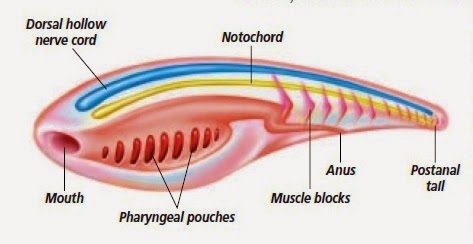
Habitat: They are found in both terrestrial and aquatic habitats.
Body plan: They have organ-system level of organisation
Symmetry: Chordates are bilaterally symmetrical.
Germ layer: They are triploblastic and coelomate animals.
Classification
Phylum Chordata is divided into three subphyla.
- Urochordata or Tunicata
- Cephalochordata
- Vertebrata
Phylum Chordata
Subphylum
Vertebrata
Subphylum
Cephalochordata
Subphylum
Urochordata
Commonly known as Protochordates or Acrania.
They are exclusively marine.
Ascidia Salpa Doliolum |
Branchiostoma (Amphioxus or Lancelet). |
Frog Elephant Whale |
Present only in the larval tail. |
Extends from head to tail and persists throughout life. |
Present in the embryonic period. It is replaced by Vertebral column in the adult. |

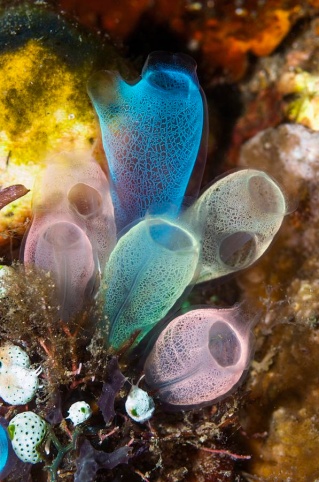
Vertebrates



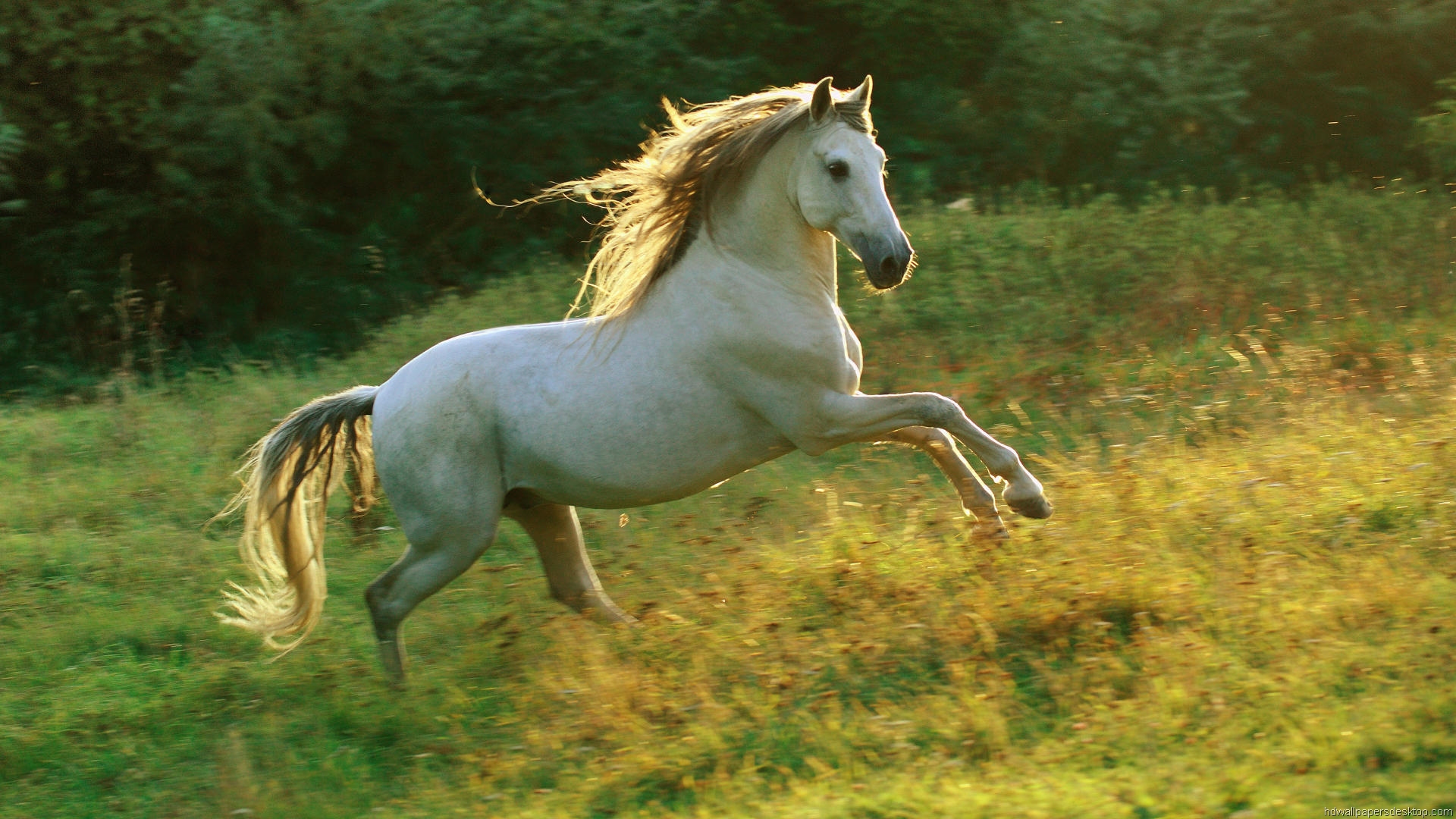
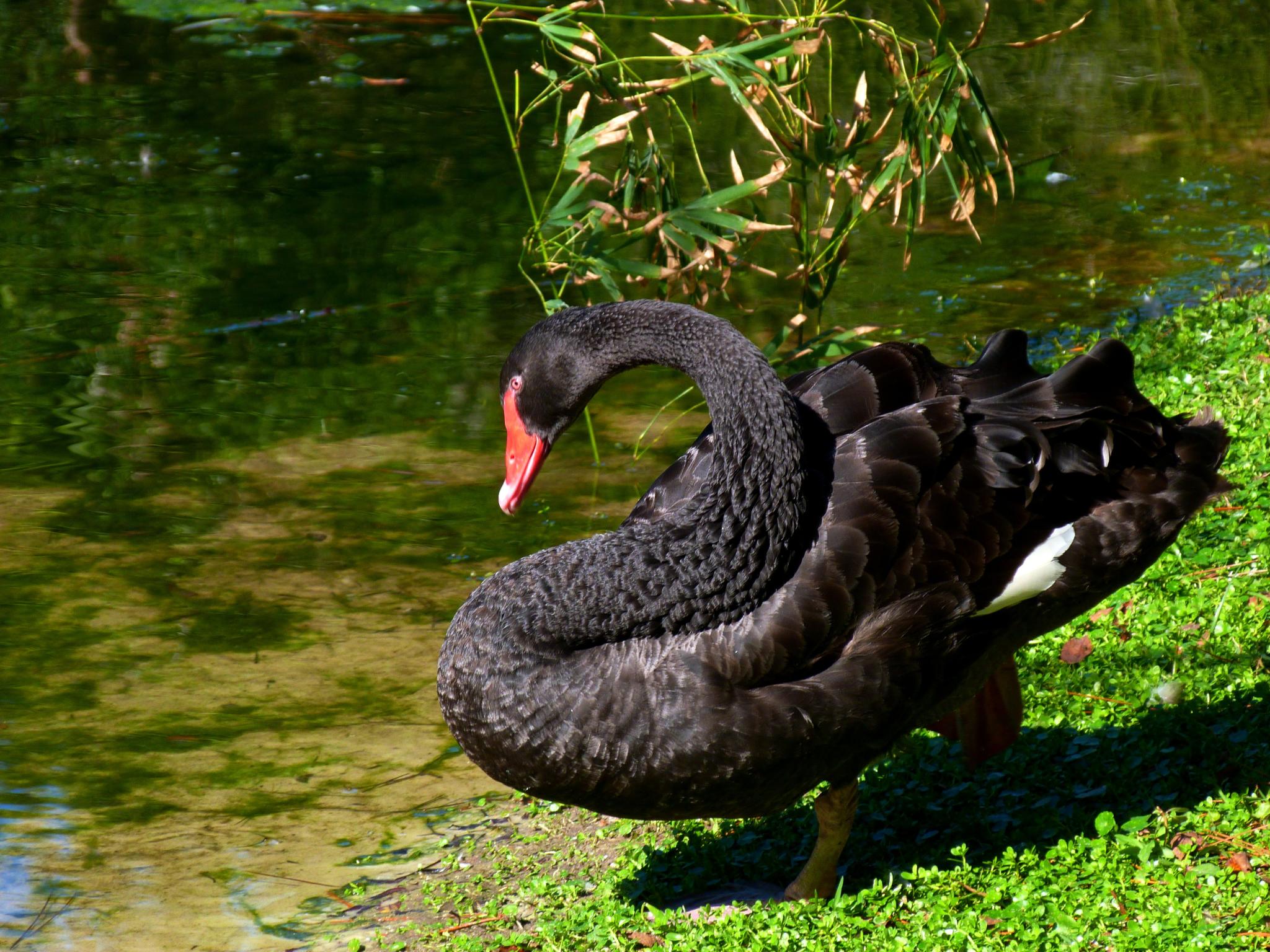
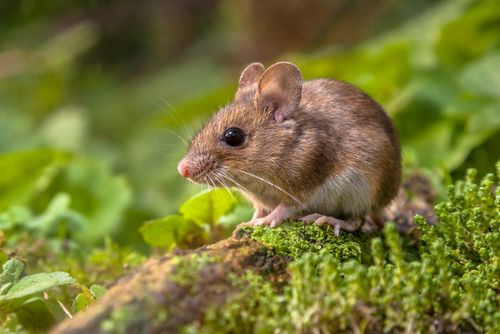
Branchiostoma
Ascidia
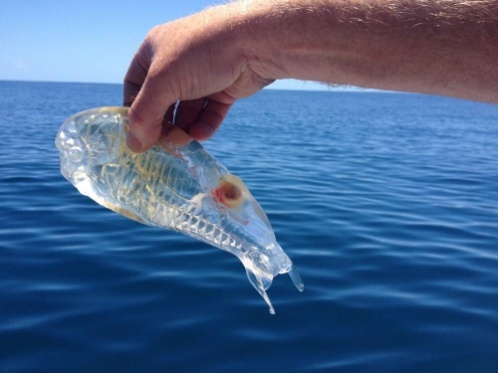
Salpa